OnePlus Nord N100 Review: A Solid First Attempt At A Budget Smartphone
Retail Price: $179.99
We are a participant in the Amazon Services LLC Associates Program, an affiliate advertising program designed to provide a means for us to earn fees and support our channel by linking to Amazon.com and affiliated sites.
Product Specs +
- Qualcomm SM4250 Snapdragon 460
- 6.52" Display, 720 x 1600 pixels (269 PPI)+ Gorilla Glass 3
- 4GB LPDDR4x RAM + 64GB UFS2.1 Storage
- Dual sim + microSDXC slot
- 5000 mAh Battery, 18W Fast-Charging
- Stereo speakers + headphone jack
- OxygenOS 10.5 based on Android 10
Camera Specs +
Rear Cameras
- Main - 13MP, EIS, f/2.2
- Macro Lens - 2 MP, f/2.4
- Bokeh Lens - 2 MP, f/2.4
- Video - 1080p@30fps
- Features - Portrait, Pro Mode, HDR, Panorama, AI Scene Detection, Dehaze Color, Filter
Selfie Cameras
- 8 MP, f/2.0
- Video - 1080p video at 30 fps
- Features - Face Unlock, HDR, Screen Flash, Face Retouching
Keeping in mind that the OnePlus Nord N100 is the company’s first foray into the sub-$200 smartphone market, I am happy to report that they ended up with a pretty impressive piece of hardware. What does that mean? Let’s take a look.
Build Quality
The N100’s plastic frame and back come in a single color (Midnight Frost) which looks classy and has a cool shimmering effect under direct light. The silver accents of the OnePlus logos and smooth texture of the plastics make the device look more expensive than it actually is. The camera bump isn’t huge, and the fingerprint sensor is placed far enough from the cameras that I could distinguish between the two based on touch. My one complaint is that while handling the device, I did experience the occasional squeak or creak from the plastics. Not a deal breaker for me personally.
On the front is a 6.52”, 90Hz, 269 PPI IPS LCD protected by Gorilla Glass 3. The display is large, bright, takes up most of the body, and has a 90Hz refresh rate - a feature even the $1099+ iPhone 12 Pro Max doesn’t have. Color reproduction isn’t amazing due to the IPS panel. I would have happily traded the 90Hz refresh rate for better colors via an OLED panel. More on the refresh rate in the performance discussion below.
The phone has loud dual speakers, one bottom firing and one in the earpiece. Sound quality is perfectly acceptable at all but the loudest settings. You could probably use this as an obnoxious 21st century boombox if you really wanted to.
On the bottom is a USB-C charging port supporting 18W fast(ish) charging and yes, the fast charger comes included in the box. Also on the bottom is the OG 3.5mm headphone jack. The sim tray supports either a dual sim configuration, or a sim + microSD card configuration. Everything discussed in this section (charger, 3.5mm jack, expandable storage) has been disappearing from newly released high end phones. I am glad OnePlus decided not to omit them to cut costs.
Under the Hood
The phone is powered by a Qualcomm Snapdragon 460, coupled with 4gb LPDDR4x memory and 64GB UFS 2.1 storage. My initial hope was that the fast storage and memory, coupled with the 90Hz display, would somehow compensate for the entry level processor. That hope was gone 5 minutes into using the device. Performance isn’t horrible, it just isn’t great. OnePlus has created a device whose screen can’t keep up with its brain. That buttery smooth scrolling that the 90Hz screen is supposed to provide? Hardly ever buttery. I suspect one of two things may have happened. Either the spec sheet of the device was finalized before user testing caught onto this issue, or the 90Hz display was included as a marketing gimmick to (theoretically) put the N100 ahead of the giant budget smartphone pack. Whatever the reason, the 90Hz feature is largely useless, and that’s unfortunate considering the money could have gone toward better colors or a faster processor.
Battery
Keeping the juice-sipping device going is a monstrous 5,000 mAh battery which in my experience consistently lasts 2 full days on a single charge. With mixed usage, primarily web browsing and video watching, I managed 7-9 hours of screen on time. Standby time was also solid. In one instance, I managed 6 hours SOT plus nearly a week of standby in airplane mode with only WiFi enabled.
Camera
The N100 has a trio of cameras on the rear, two of which exist primarily to fluff up the spec sheet.
Fluffer #1 is a 2 MP “Bokeh Lens” (aka depth sensor) which assists the phone in taking portrait mode shots. Other phones have successfully utilized pure software to create portrait shots. This phone, despite its dedicated hardware, takes fairly mediocre ones. The algorithm which is supposed to differentiate between subject and the background sometimes fails to do so, blurring out parts of the subject or alternatively blurring out only part of the background.
Fluffer #2 is a 2 MP Macro Lens. Unlike the Bokeh Lens, the Macro Lens can actually do its job, which is to take close up photos of things (flora, fauna, textures, etc.) The issue here is that the resolution is too low to be useful in 2021. Furthermore, capturing macro mode photos of anything except for completely still objects under ideal lighting results in blurry photos.
The last, and only truly useful rear shooter is the 13 MP main lens. It’s OK for the occasional social media shot, but I wouldn’t rely on it to document any kind of meaningful life event. Images are sometimes not focused correctly. Colors tend to come out overly saturated regardless of shooting mode. Low light images are noisy. Portrait mode edge detection is solid only if the subject is sufficiently contrasted with the background. Video is 1080p @ 30fps. All in all, disappointing.
On the front is a single 8MP selfie lens. Photos are once again acceptable, but not particularly noteworthy. As with the main shooter on the rear, the quality of photos produced by the front camera rely heavily on good lighting and a steady hand.
In their flagship series, OnePlus has come a long way in terms of photo quality. Given that smartphones rely heavily on computational photography (software) to produce appealing images, I was hoping the N100 would somehow produce good looking photos using the software trickery from the higher end devices. Unfortunately for the N100, it seems like OnePlus did not invest the time/money to do so. Maybe the software required significant modifications to work well with the N100’s low end hardware, or maybe the processor couldn’t keep up with the image processing algorithms. Whatever the case, the result is a low-end camera that behaves like a low-end camera and is comparable to other budget phones in the price range.

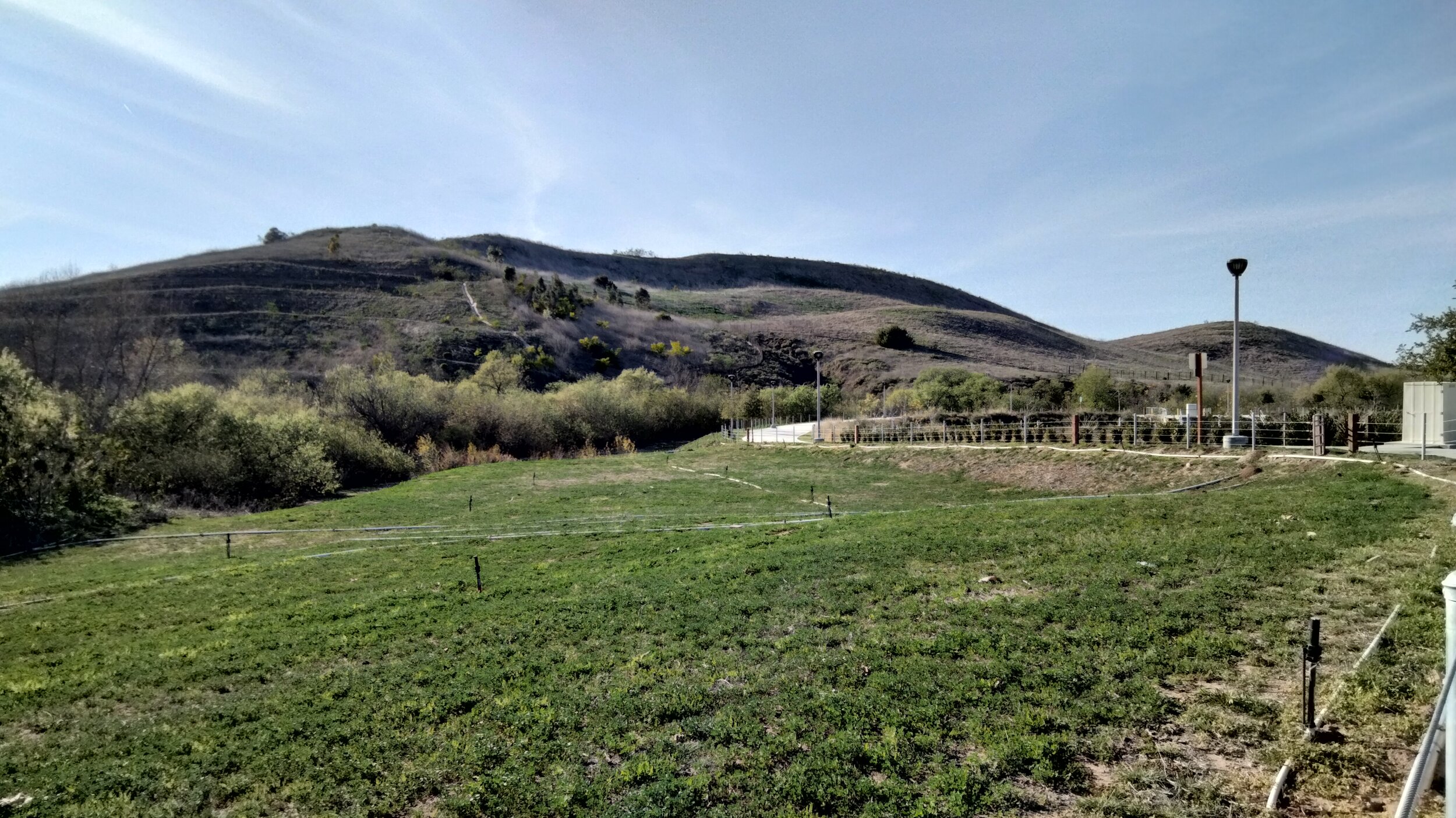
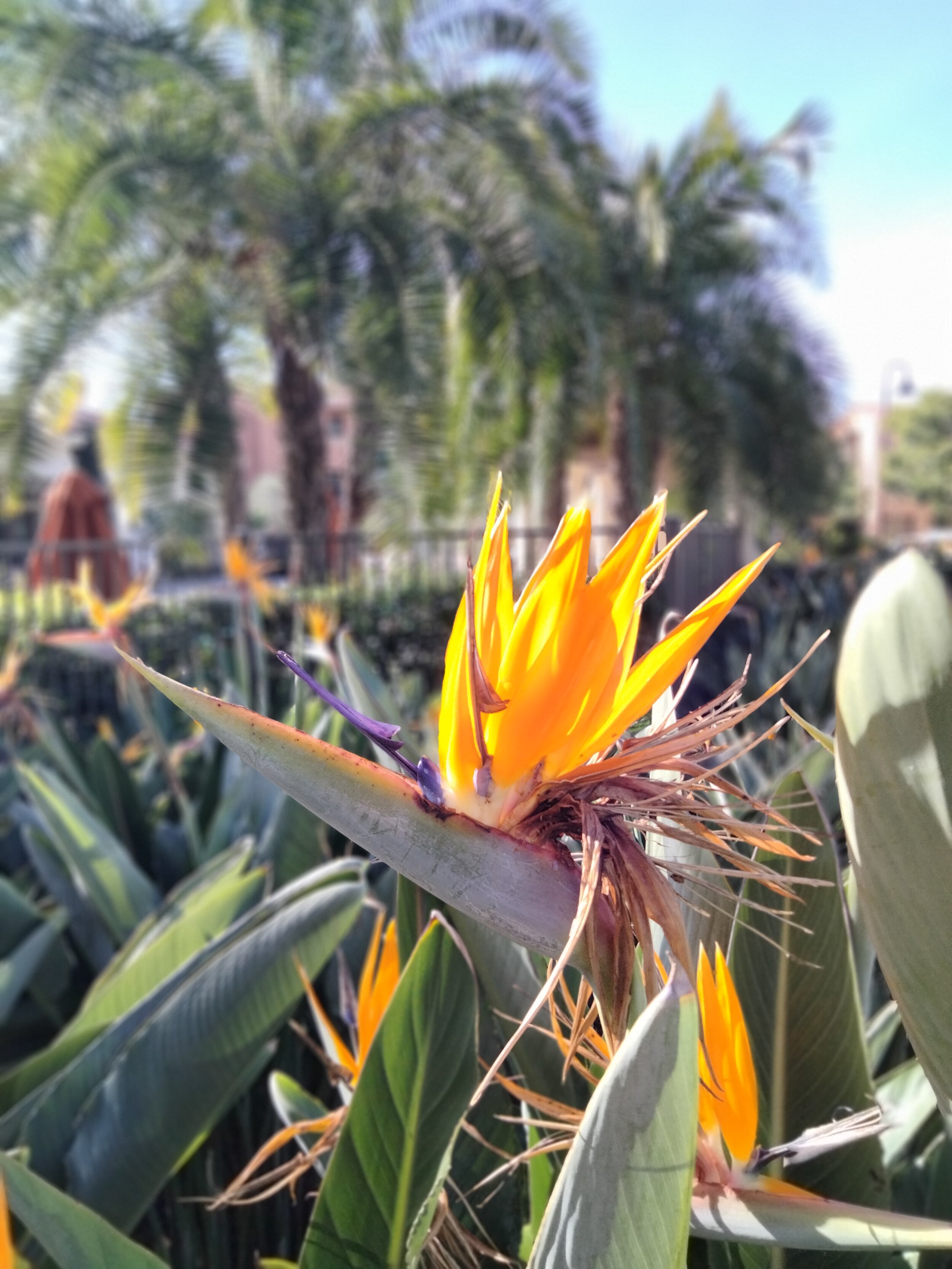
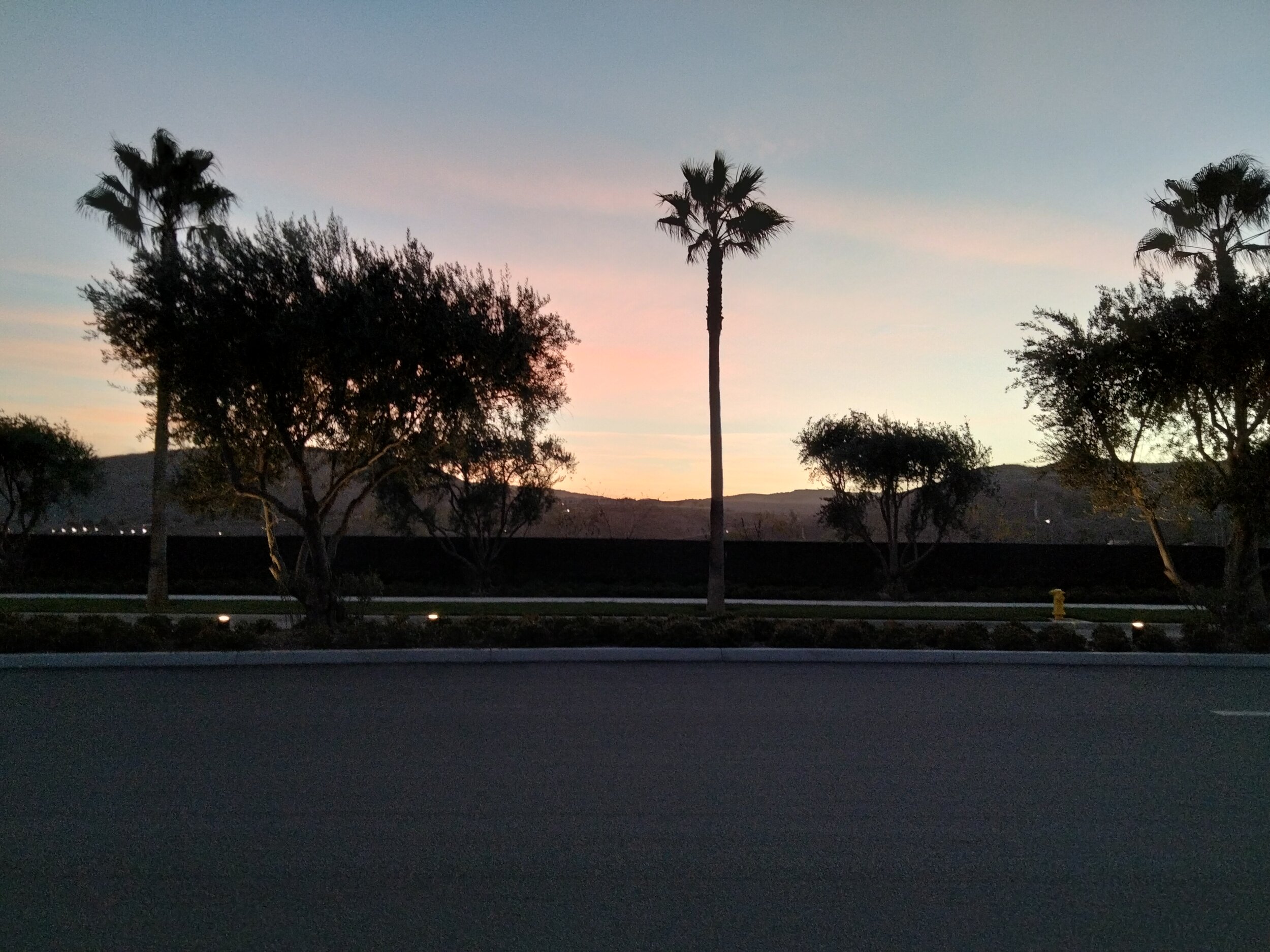

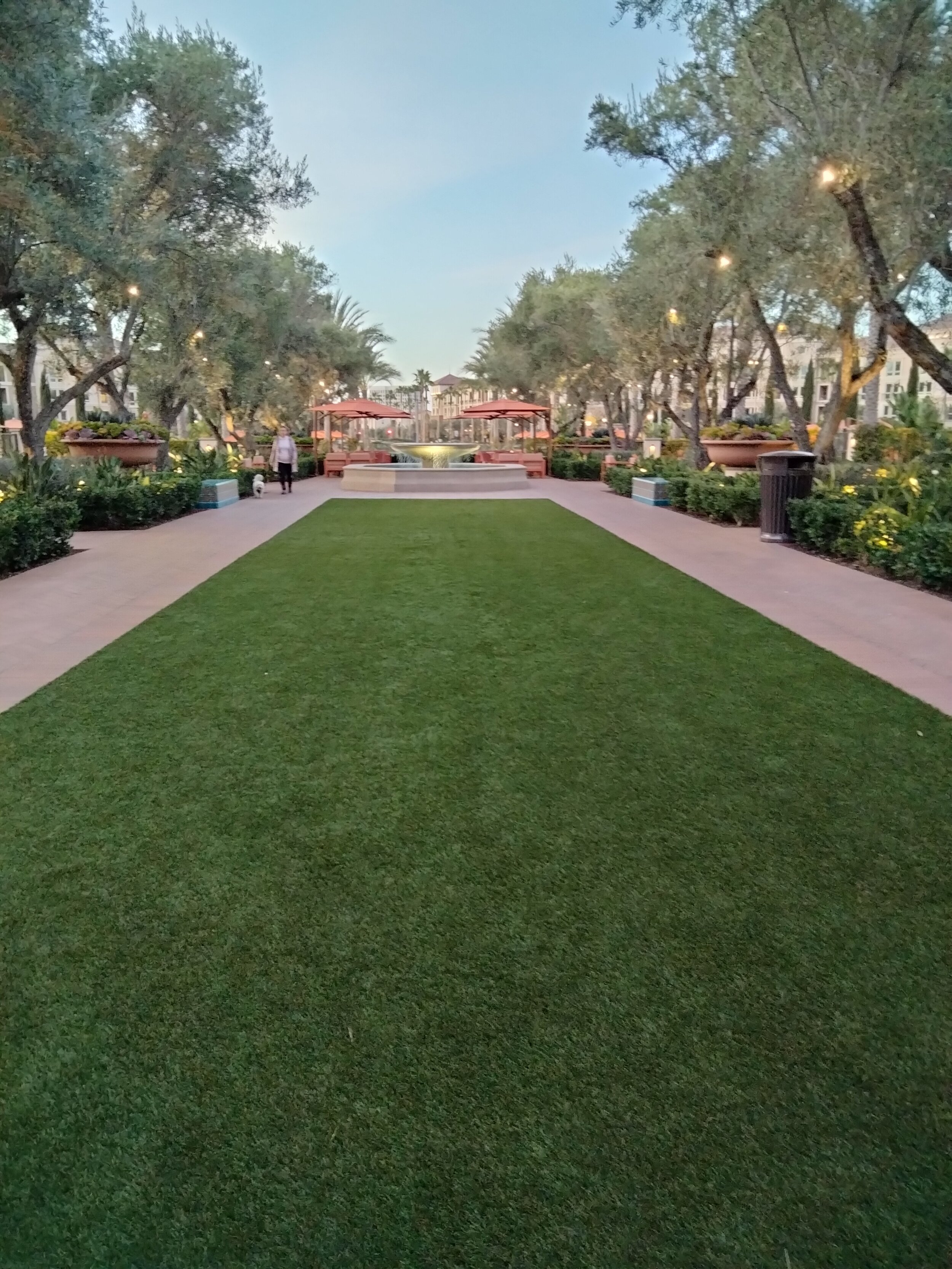
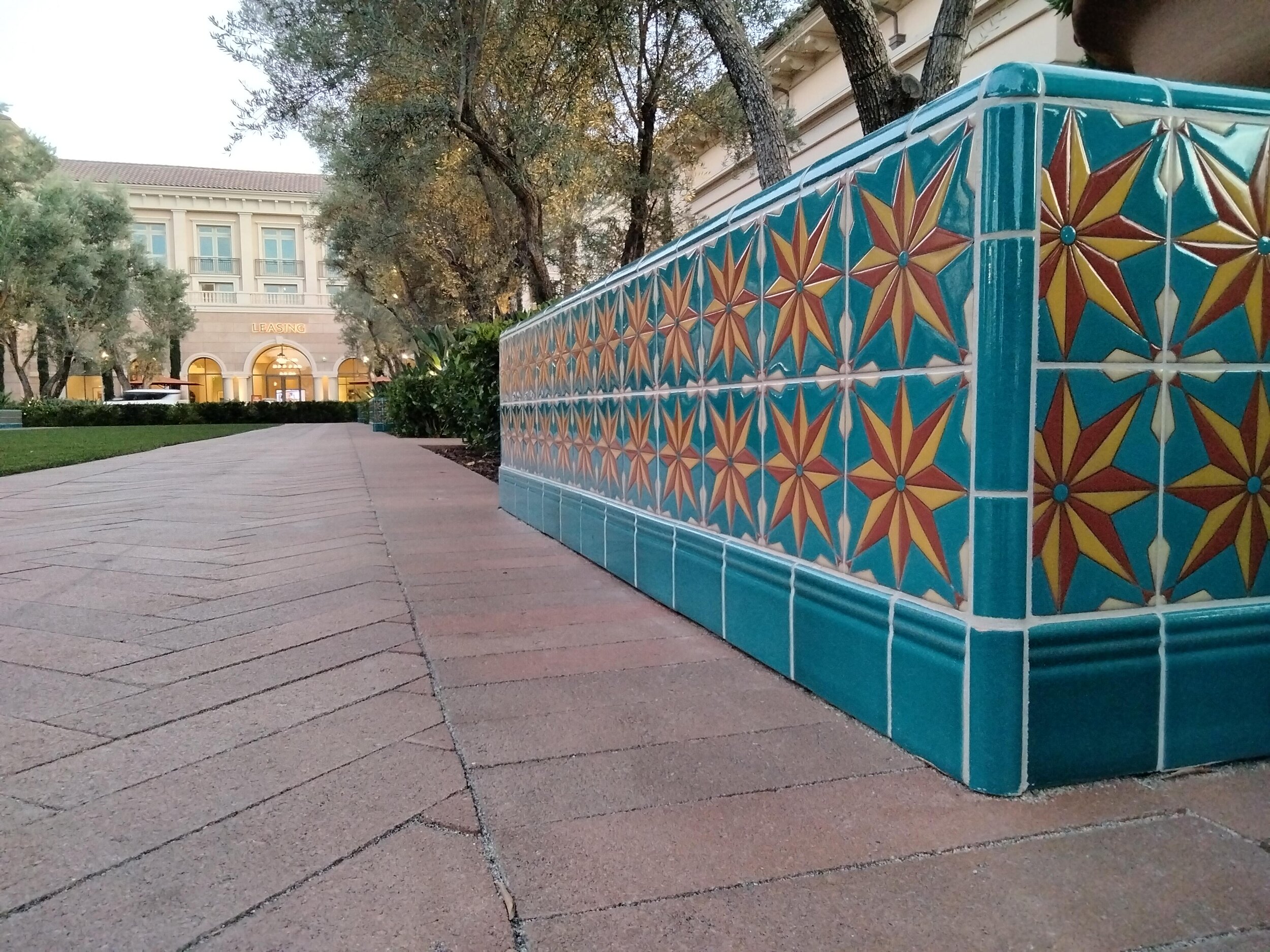
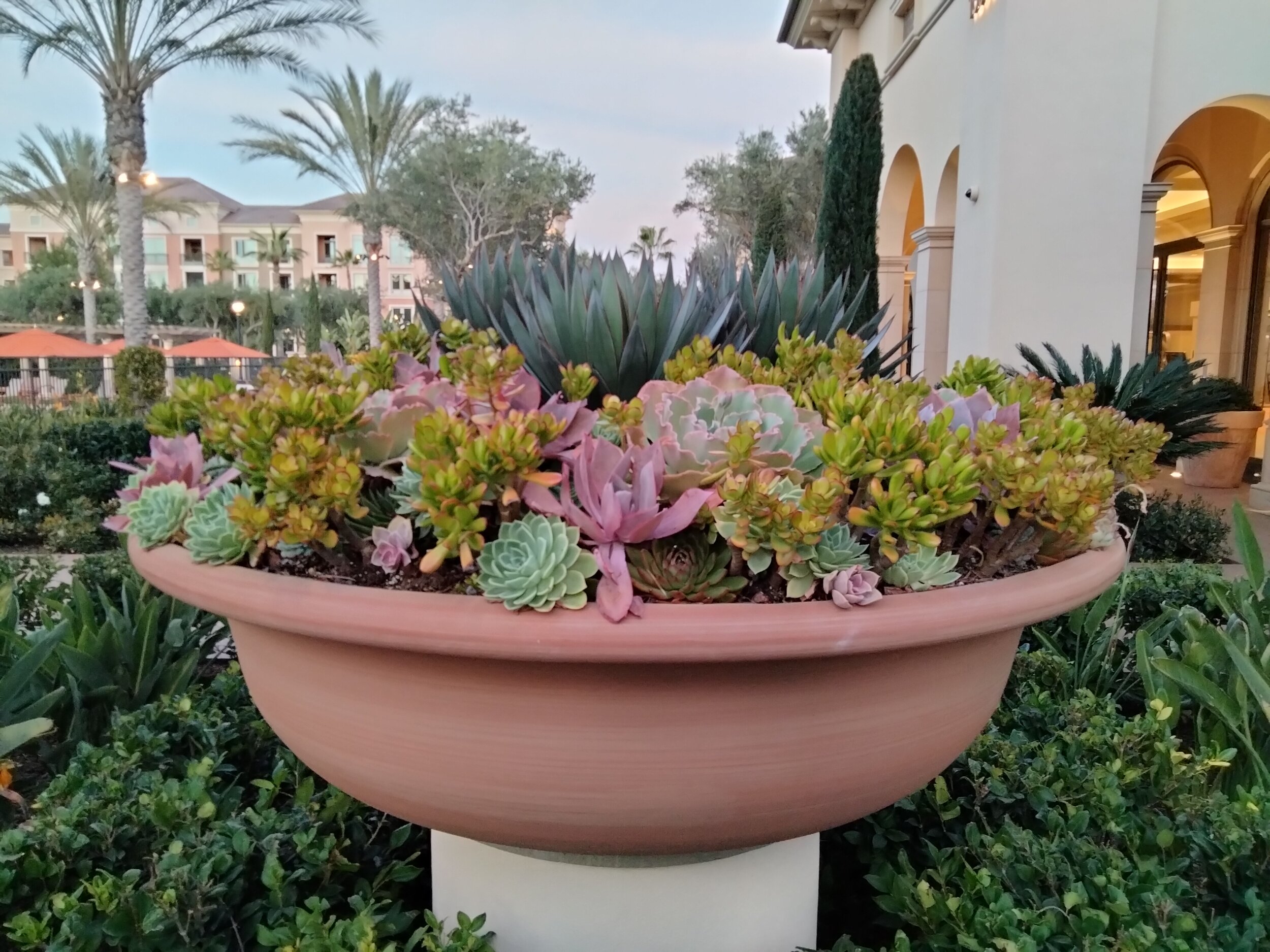
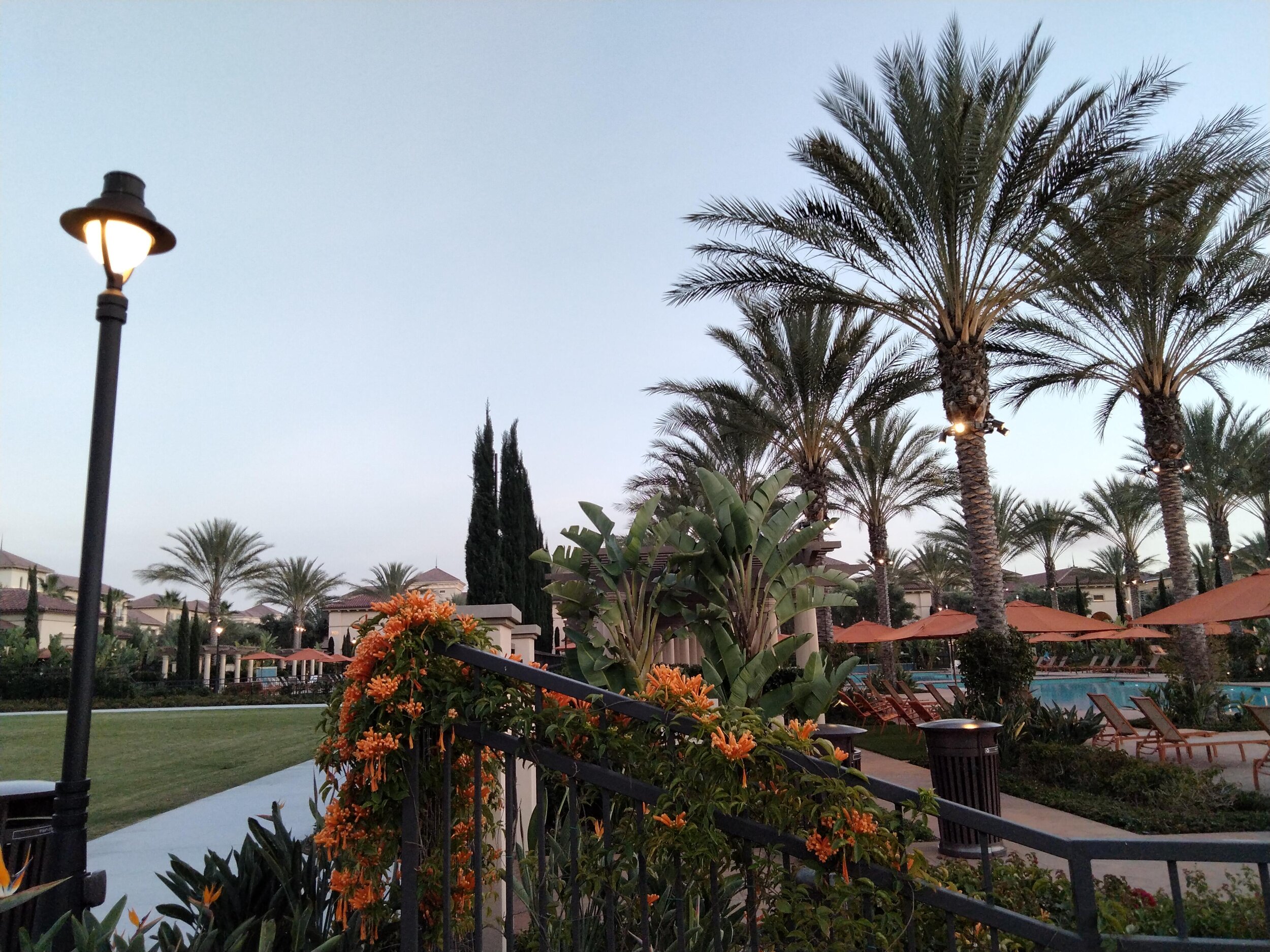
Overall Thoughts
There’s a lot to like about the OnePlus Nord N100. It looks good, sounds decent, has a great battery and an amazing price tag. That being said, the device is not sufficiently future proof. It does not have a 5g antenna. The processor is pretty slow at time of release, and will increasingly struggle as software becomes more demanding. The operating system is out of date - it’s running Android 10 and will only receive one major update to the current Android 11. Security updates are supposed to be provided for 2 years, but I wouldn’t hold my breath. Overall, it suffers from the same issue as its competitors in the price category – lack of support. If you are looking for a simple, cheap device that will last you 2-3 years then the N100 is certainly worth a second look. If you are however an enthusiast and/or someone who is comfortable buying used tech, I suggest picking up a used/refurbished mid to high-end phone such as the Google Pixel 3a instead.

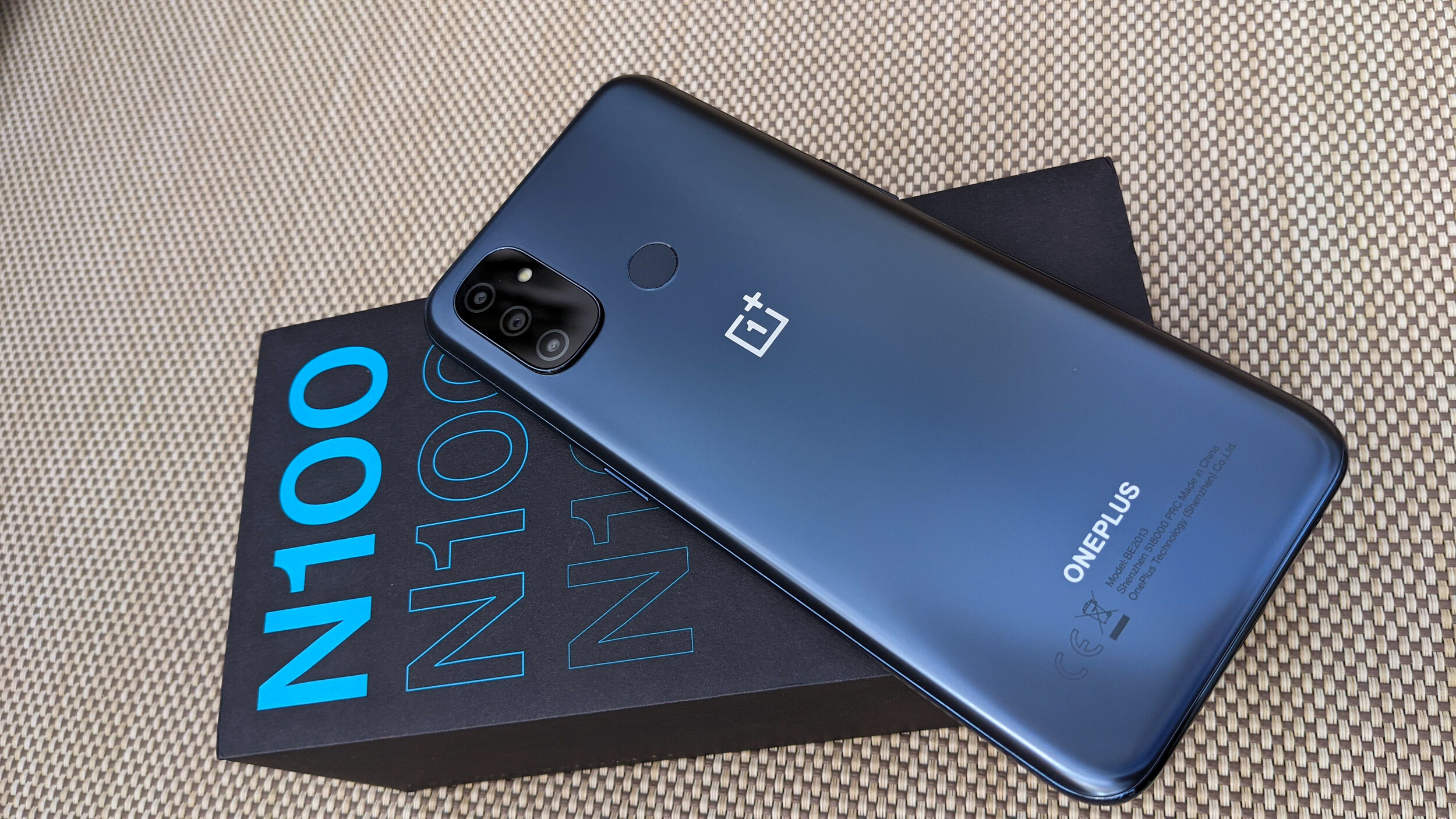

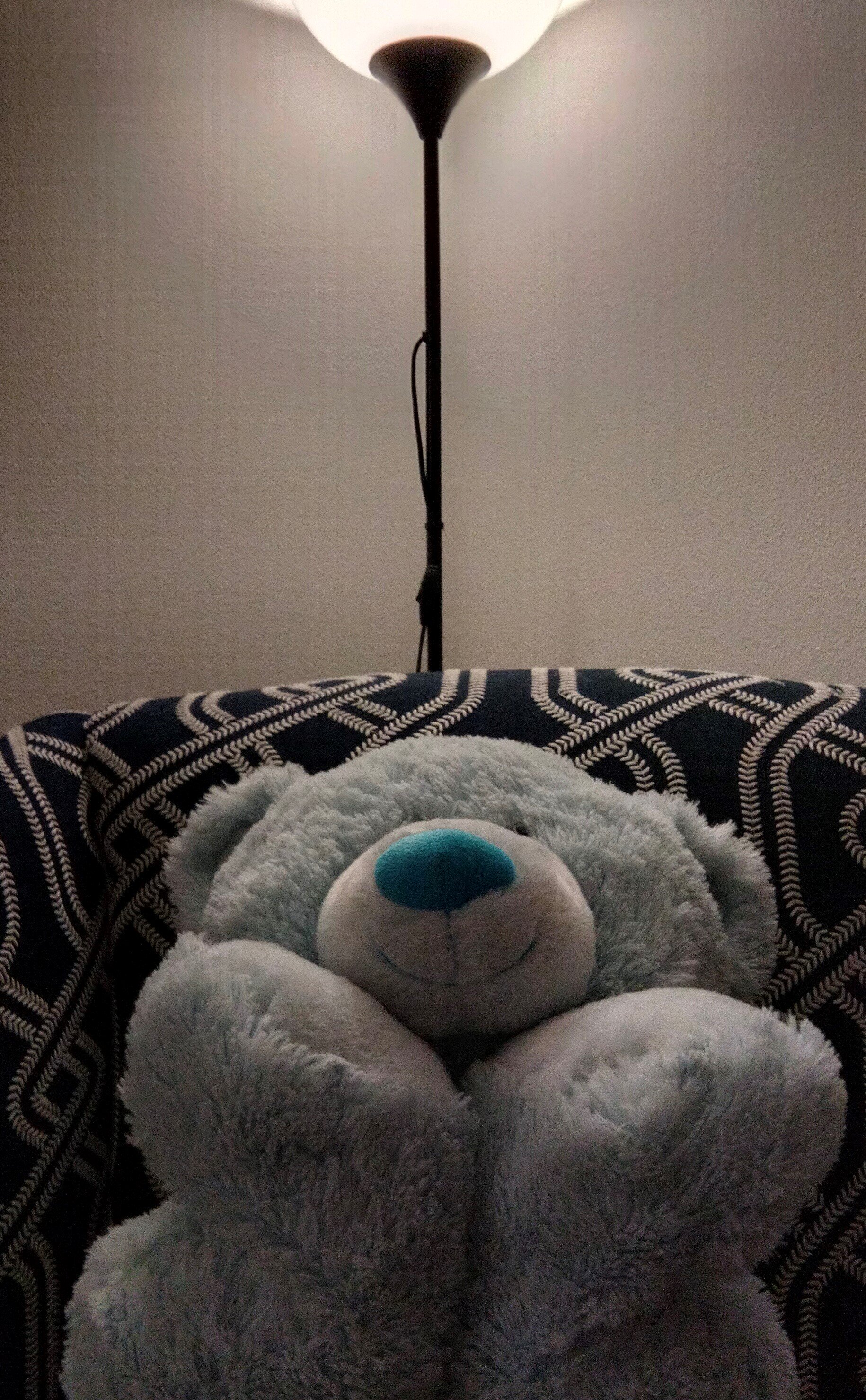
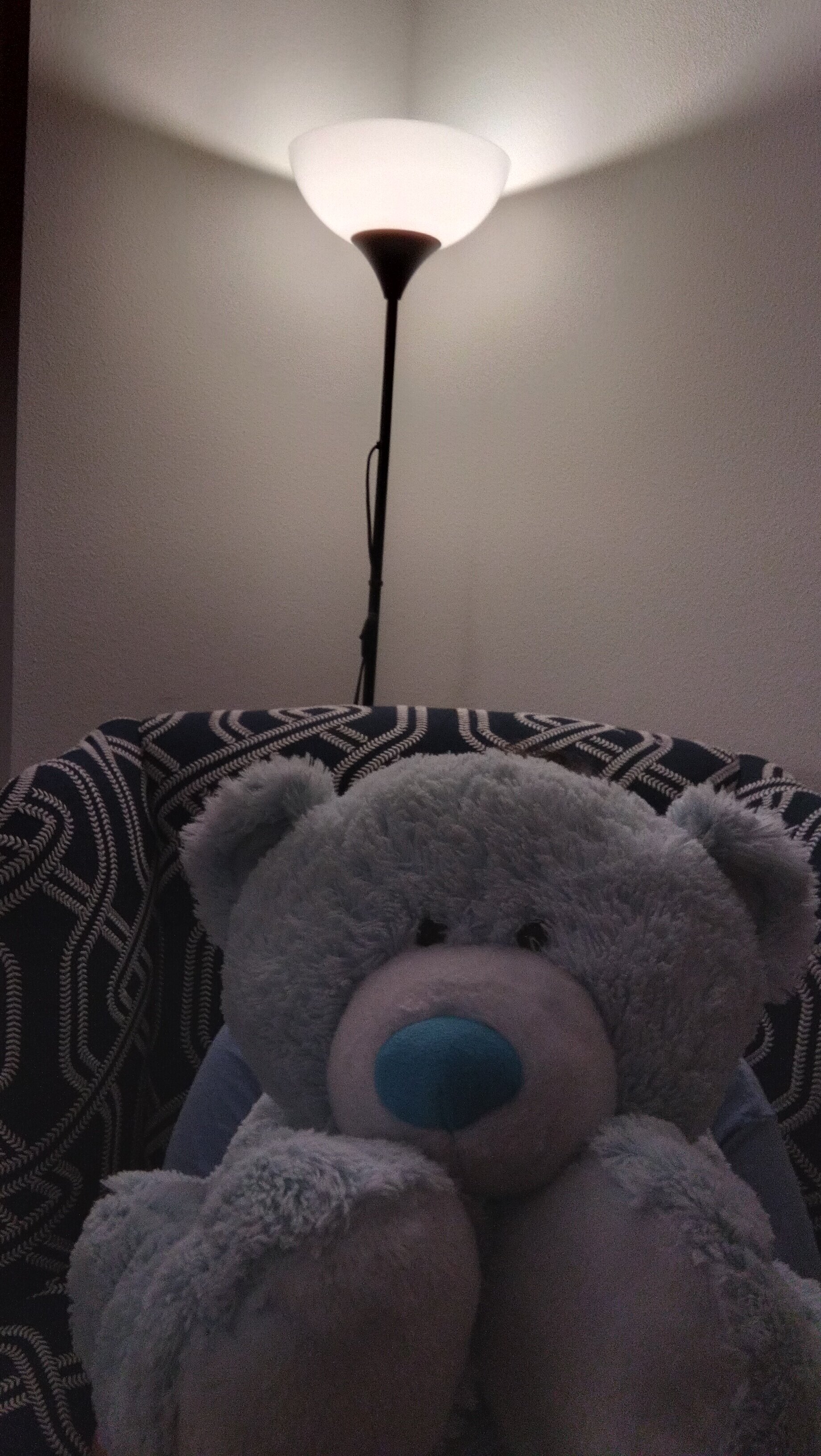
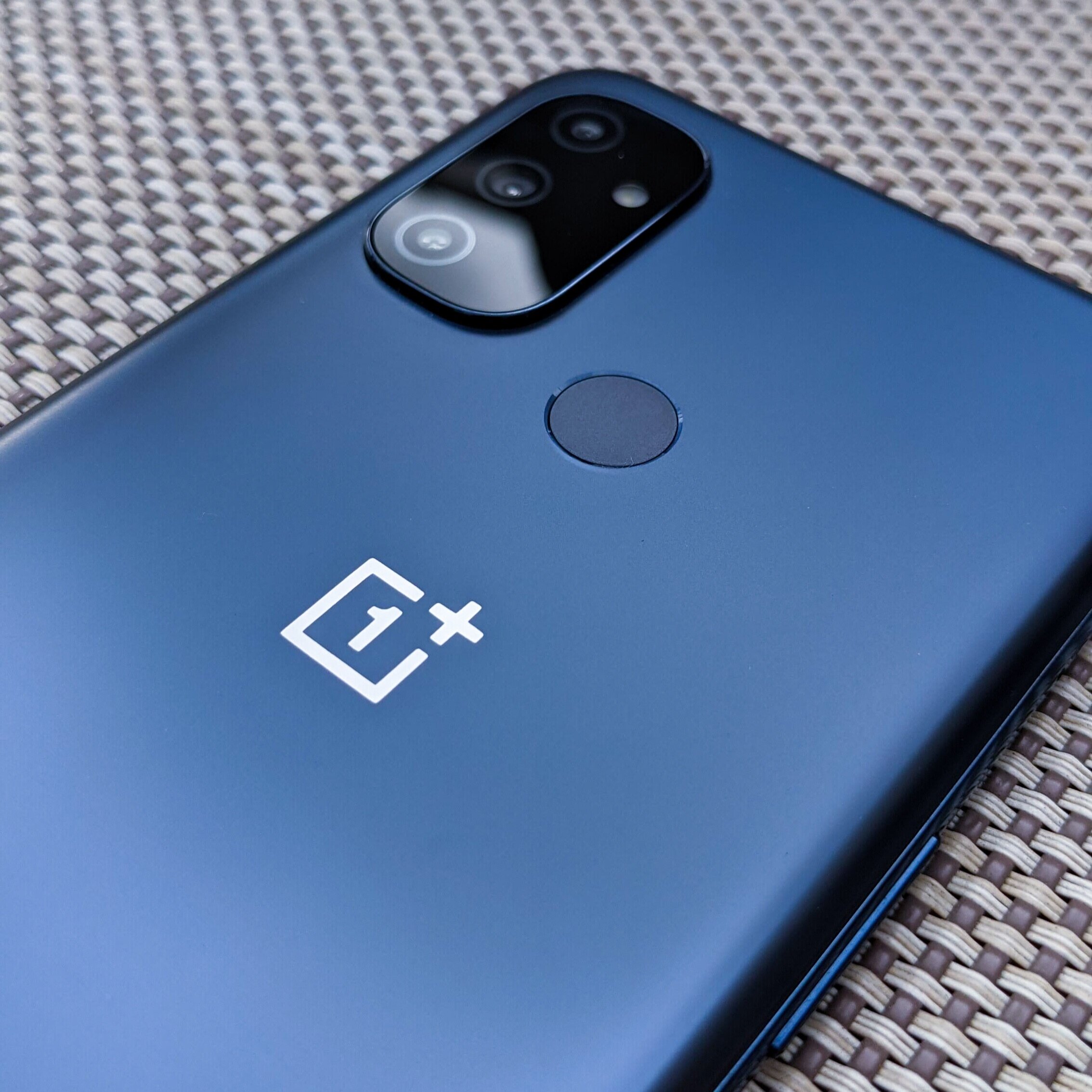

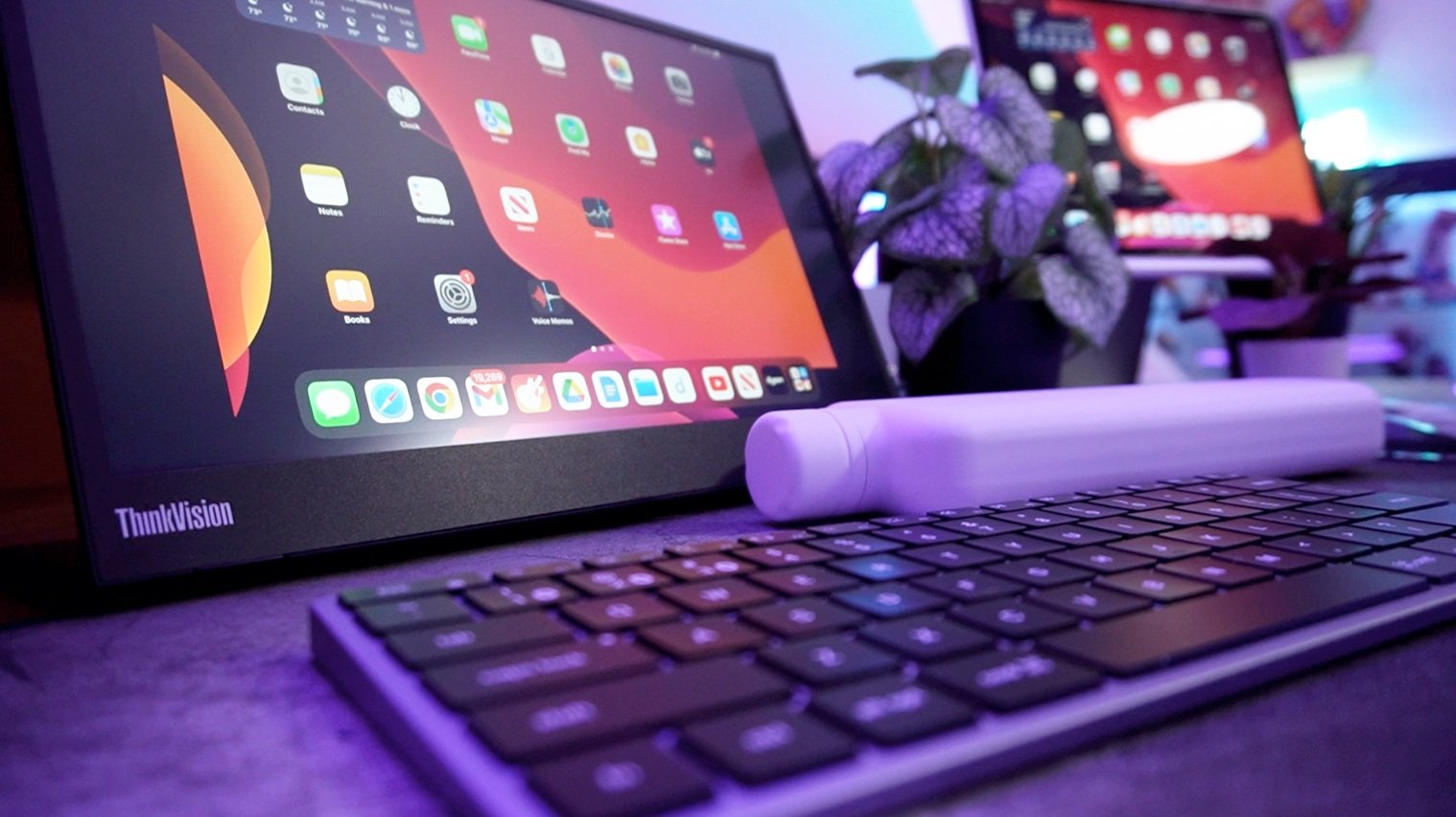







Zeev
Zeev is many things: Software developer. Hardware tinkerer. World traveler. Deal hunter. Cheapo gadget enthusiast. Car guy without the fancy car. If something runs code or has wheels on it, Zeev will find a way to get it at a discount, and tinker with it into the wee hours of the night.